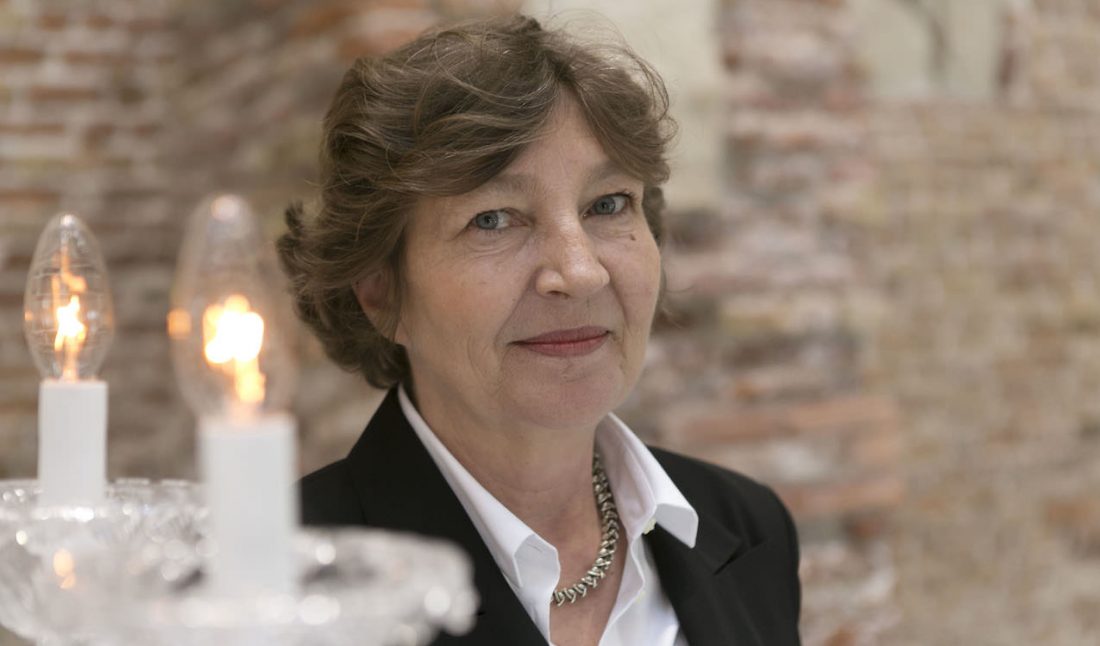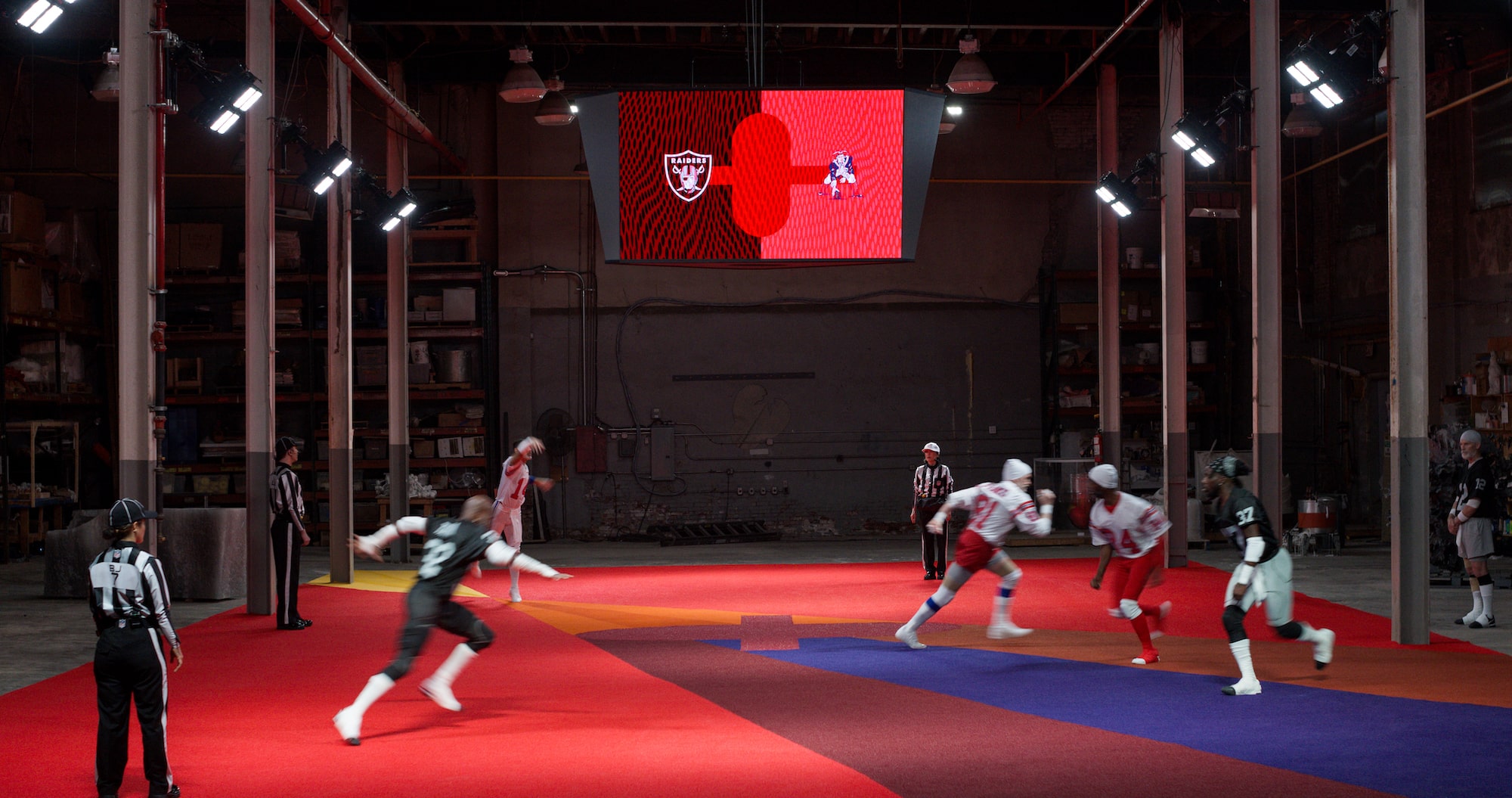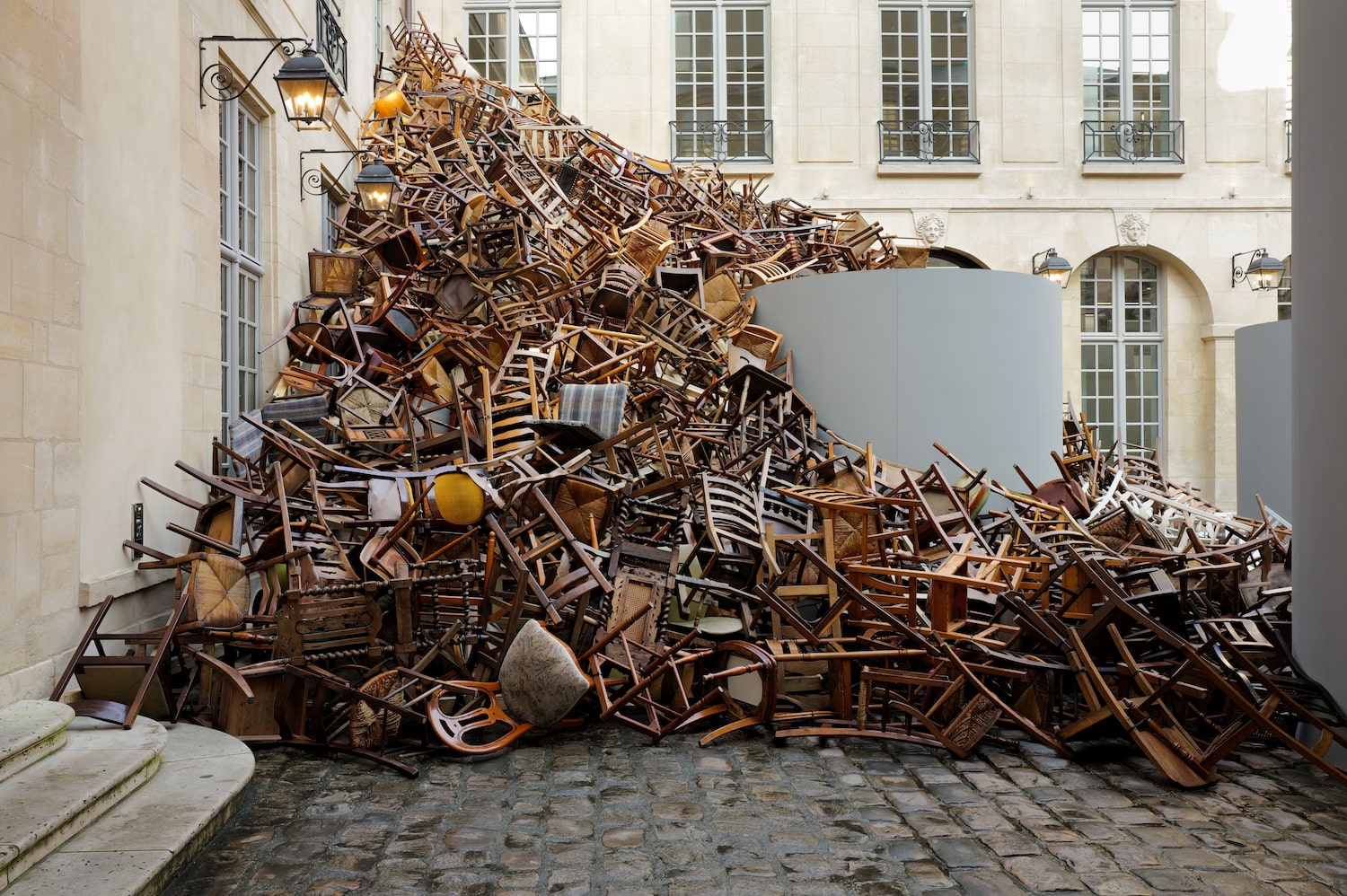The Pinault Collection is celebrating the tenth anniversary of its presence in Venice within its two distinctive but equally impressive venues: Palazzo Grassi (where a Sigmar Polke exhibition is currently on view), and Punta della Dogana (hosting the show “Accrochage”), famous for its unrivaled view over the Queen of the Adriatic Sea. The two Venetian spaces will be joined by the Bourse de Commerce in Paris, which is expected to become a third home to the collection for 2018. The collection’s curator and conservator, Caroline Bourgeois, agreed to talk to Whitewall about her duties and new prospects for Paris.
WHITEWALLER: As the curator and conservator of the Pinault Collection, how would you describe the significance of the collection finding its Parisian home within the Bourse de Commerce in late 2018?
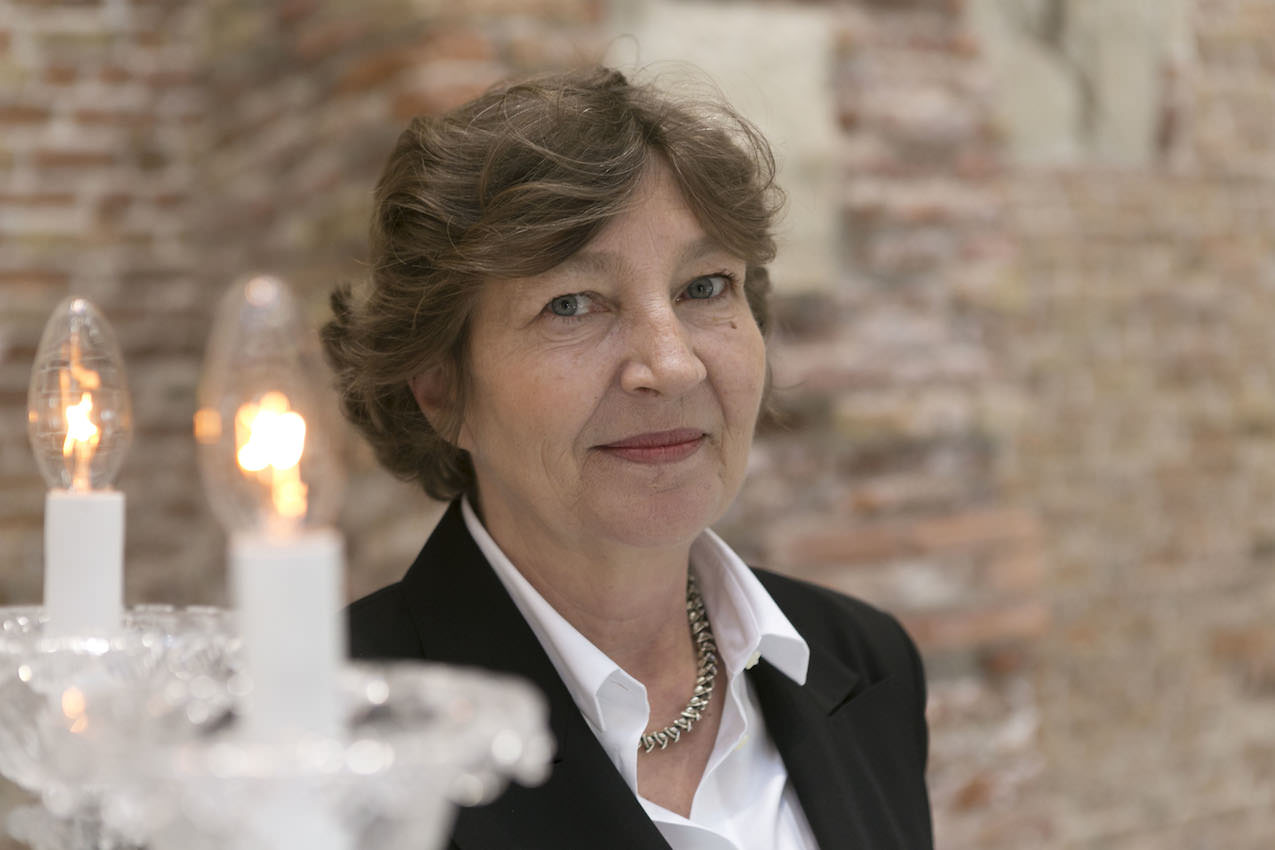 Museum Punta Della Dogana
Museum Punta Della DoganaCAROLINE BOURGEOIS: I think it’s fantastic to have the Bourse de Commerce. It will give a different perspective through time than up to now. And regarding the public, I think it will be another dynamic and a larger audience. The big difference between Venice and Paris is that in Paris you can build a public—it’s not just people passing through—as Venice is a small town. It’s going to be a different audience, a bigger public, and a different kind of dynamic.
WW: The Palazzo Grassi is celebrating its tenth anniversary. What have been for you the highlights over the past decade?
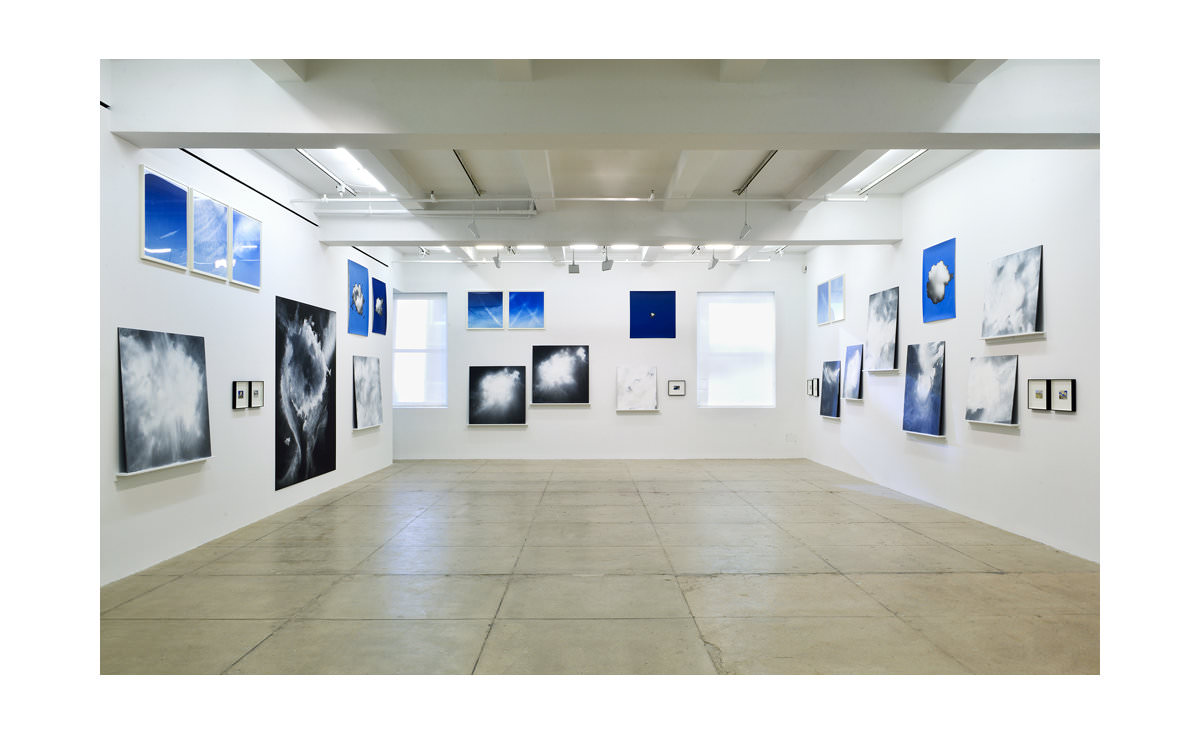 Italy, Venice
Italy, VeniceCB: I think it’s a perfect place for monographic exhibitions. It’s also a beautiful space in terms of light for paintings, because there’s a deepness. It’s the Venetian light, which is amazing. I think we did great solo exhibitions, from Urs Fischer to Stingel to Raysse and now Polke. These solo exhibits are also a way to show how the collection is involved with the artist. It’s not just to display the collection; it’s to show the artists. So I would target these sorts of shows.
WW: You’ve been a key figure in expanding François Pinault’s collection in terms of emerging artists. When it comes to that type of work, what interests you in particular as a curator?
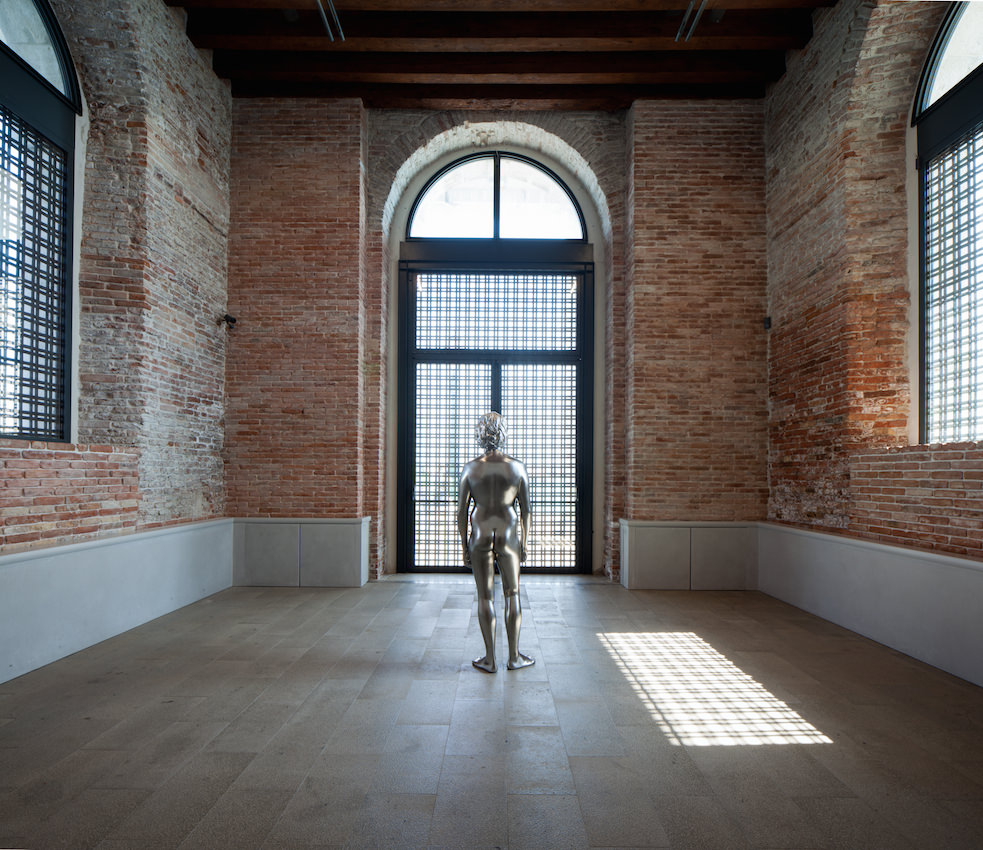 Photo by Thomas Mayer
Photo by Thomas MayerCB: I think my job with the collection is to be a perspective. It’s not always a question of being young or old, and it’s mainly western. We don’t pretend to be global. The idea is also to keep François Pinault on his toes. He is a fantastic collector in that sense because he likes to be surprised, or even disturbed. He comes to see the works in the flesh. It’s not someone who’s far from art; it’s really part of his life. He can be super quick in his decisions. Sometimes I don’t understand anything, I must confess. But it’s nice to push the limits.
WW: And when you yourself discover a new artist and discuss it with François Pinault, how does it work?
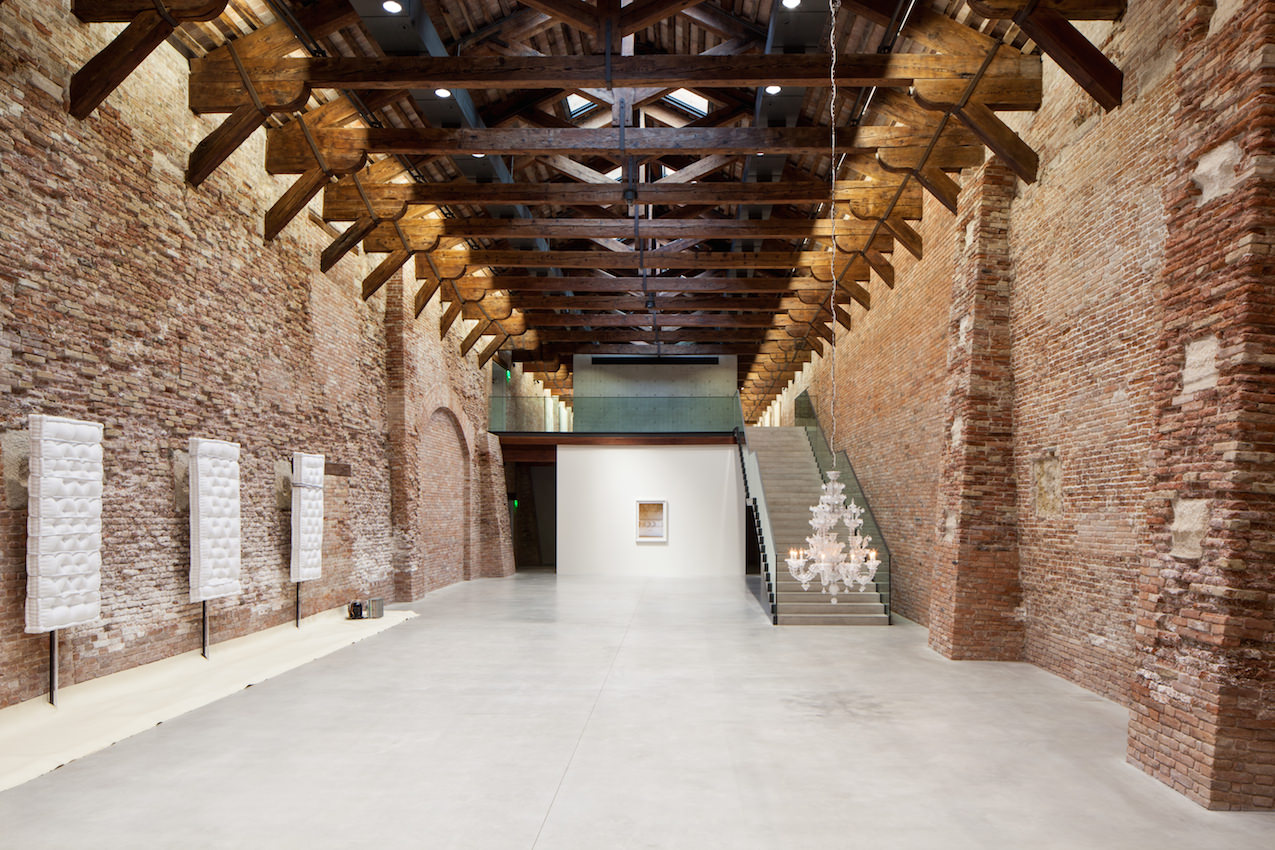 Caroline Bourgeois
Caroline BourgeoisCB: There are a lot of different scenarios. It depends. For example, in the case of Claire Tabouret, I went to an exhibition in Paris and the next morning I told him the show was great. He came two days after and really liked it. It’s important that he sees it, provided he can.
WW: Given the power of the collection and François Pinault himself, are galleries really trying to push their emerging artists on to you, or is it you that go after them?
CB: There are a lot of galleries pushing, for sure, and it’s part of my job to look and answer. But sometimes it’s an artist telling me about another artist. That can happen, too.
To read more, pick up the latest copy of Whitewaller in Paris this week. And for even more insight into FIAC and Paris Art Week, make sure to check out Whitewaller Paris’ guest editor Judith Benhamou-Huet’s website at judithbenhamouhuet.com.






